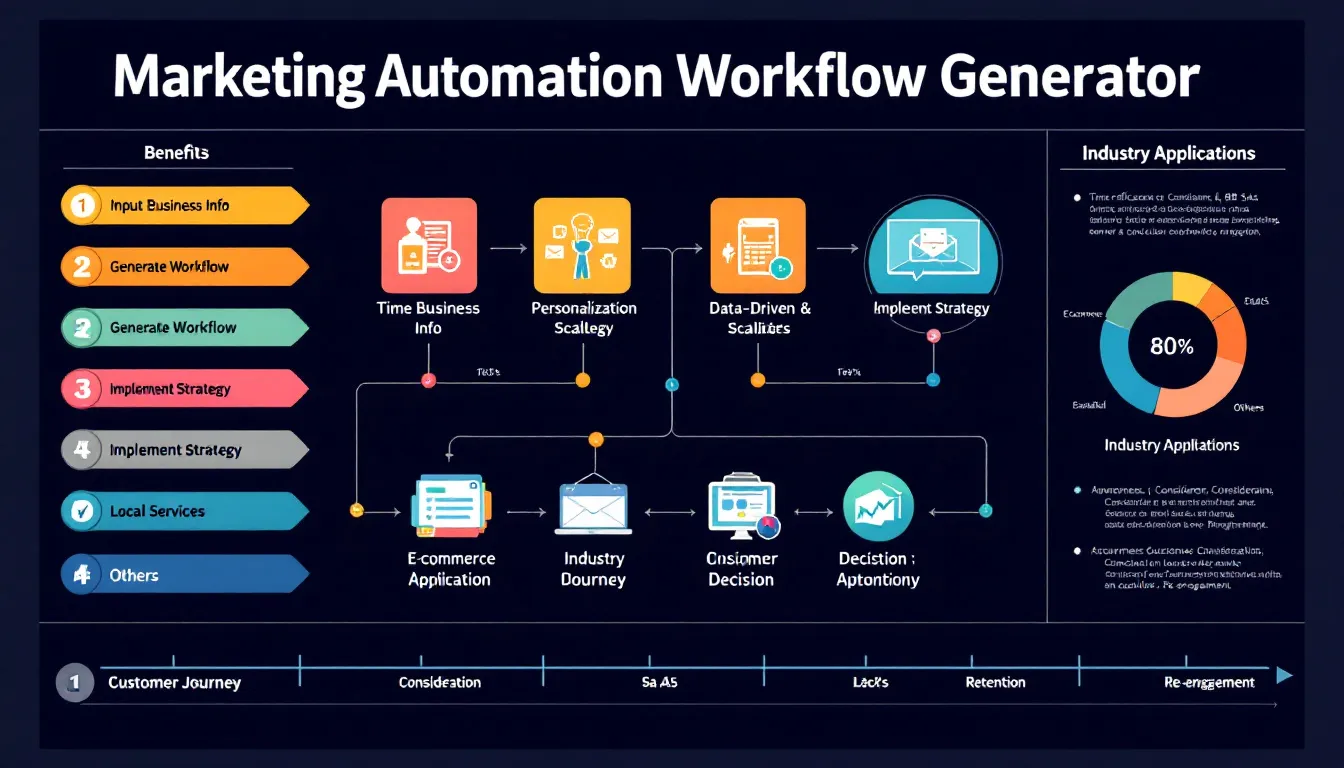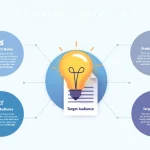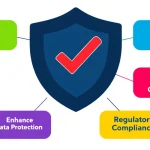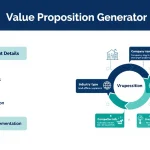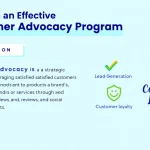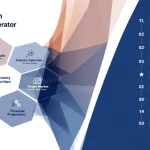Marketing Automation Workflow Generator
Is this tool helpful?
How to use the tool
- Business or industry
Type a short label. Examples: “Pet-tech subscription boxes”, “B2B cybersecurity consultancy”. - Target audience
Describe age, role, and interests. Examples: “IT managers 35-50 in regulated industries”, “Gen Z pet owners active on TikTok”. - Unique value proposition
Explain what sets you apart. Examples: “Predictive threat modelling with 24-hour response guarantee”, “AI-curated toys matched to pet breed and mood”. - Main customer pain points
List two-to-four problems. Examples: “Compliance fines for security lapses”, “Time-poor owners unsure which toys are safe”. - Submit & review
Click “Generate”. Copy the workflow and import the steps into your email, CRM or SMS platform.
Quick-Facts
- Average ROI of marketing automation: $5.44 per $1 spent (Invesp, 2022).
- 74 % of users say automation saves at least one workday per week (AutomationAnywhere, 2021).
- Best-practice nurture sequence length: 5-7 touches across 14 days (HubSpot, 2023).
- Top compliance frameworks supported: GDPR, CCPA and CAN-SPAM (IAPP, 2023).
What is a marketing-automation workflow?
A workflow is a pre-scheduled series of emails, SMS, ads or tasks triggered by behaviour—such as form fills or cart abandonment—so every prospect hears from you at the right moment.
How does the generator build my sequence?
The back-end API feeds your four inputs into a large-language model trained on campaign templates and performance benchmarks, then outputs a step-by-step plan with timing, channel and content focus.
Which channels can I export to?
You can paste the instructions into any ESP, CRM or ad manager supporting HTML or CSV imports, including Mailchimp, HubSpot and Meta Ads.
How long should each email be?
Keep body copy under 150 words and subject lines under 9 words; emails in this range earn 58 % higher click rates (Litmus, 2022).
How quickly should I send the first message?
Send within 5 minutes of sign-up; response odds drop 10× after the first hour (InsideSales.com, 2020).
Can I A/B test the suggested steps?
Yes—split lists 50/50, change one element—subject line or send time—and run until each variant hits 95 % statistical confidence (Optimizely Guide, 2023).
What KPIs should I track?
Monitor open rate, click-through rate, conversion rate and customer lifetime value. A 25 % open rate and 2 % CTR are common benchmarks for B2B workflows (Campaign Monitor, 2023).
Is the tool GDPR compliant?
You must collect explicit consent and honour opt-outs. “Controllers shall implement appropriate technical measures to ensure compliance” (GDPR Recital 78, 2018).
Important Disclaimer
The calculations, results, and content provided by our tools are not guaranteed to be accurate, complete, or reliable. Users are responsible for verifying and interpreting the results. Our content and tools may contain errors, biases, or inconsistencies. Do not enter personal data, sensitive information, or personally identifiable information in our web forms or tools. Such data entry violates our terms of service and may result in unauthorized disclosure to third parties. We reserve the right to save inputs and outputs from our tools for the purposes of error debugging, bias identification, and performance improvement. External companies providing AI models used in our tools may also save and process data in accordance with their own policies. By using our tools, you consent to this data collection and processing. We reserve the right to limit the usage of our tools based on current usability factors.
